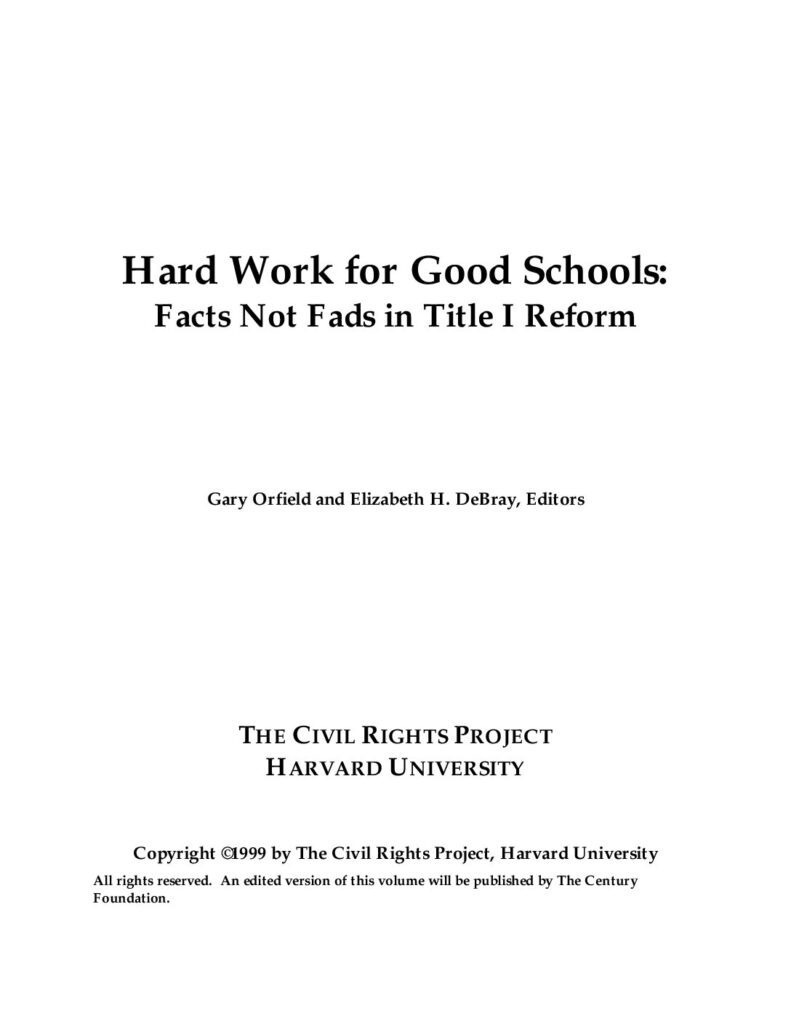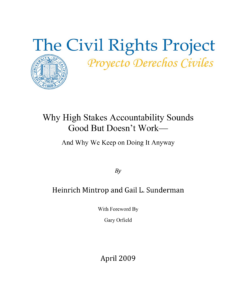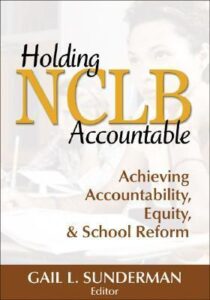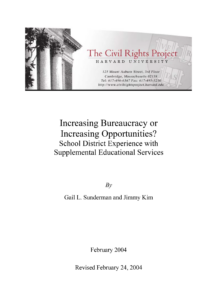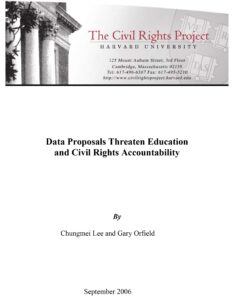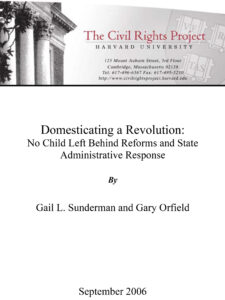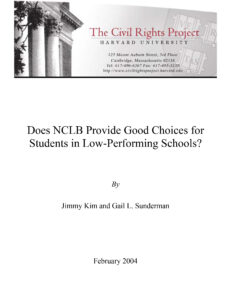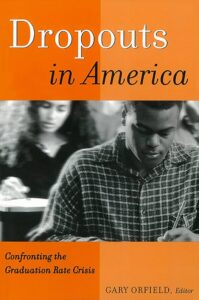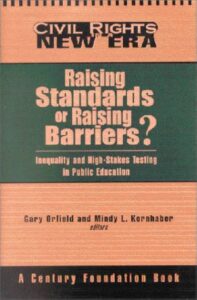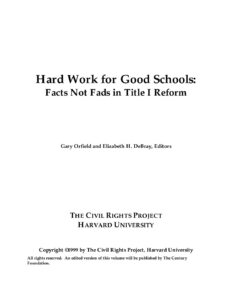Introduction
Improving educational opportunity for millions of poor children has been the basic goal of the Title I program for a third of a century. Critics say that the effort is a failure and supporters say that there were major gains. This volume presents research by many of the nation’s top experts on how to gain more from the investment. The studies raise a set of issues that have been ignored in the current debate over Title I, and call into question some of the basic assumptions underlying the education reform efforts of the last two decades. This volume contributes real evidence about educational gains and underscores the civil rights implications in this legislation. Better results from Title I are possible but they will not happen without intelligent focus on the evidence of what actually works and without vigorous administration of the law.
The research in this volume is based on the premise that Title I—the largest federal program for elementary and secondary education—is an essential provider of equal opportunity to our nation’s poor children. In preparation for the 1999 reauthorization of Title I, The Civil Rights Project at Harvard University believed that this federal program needed to be reassessed by researchers, policymakers, and educators. In commissioning new research and in convening a conference and two legislative briefings, it was our hope to contribute sound research to the current policy debates surrounding education and, most importantly, to see what we can learn about how Title I can better serve children in this country.
Key Findings
- State accountability systems that do not look at performance of minority and low-income students do not produce the appropriate Title I accountability. Although states report on the performance of groups of students, they are not held accountable for ensuring that these groups, or individual students, meet the same high standards. (Ch. 10)
- Decentralization for teacher development of curriculum in poor schools may actually produce losses in student achievement over the longer term; these schools are overwhelmed and in need of greater social service supports. (Ch. 6)
- Class size reduction in the early grades is an intervention that is positively associated with growth in poor students’ test scores. (Ch. 4)
- The historic focus of Title I on an early intervention model has failed to produce lasting results, and we need a program for adolescents and high schools. (Ch. 8)“The current staggering loss of well-educated human talent due to dropouts and low academic achievement by high school students from poverty backgrounds will not be halted until extra help is provided at each stage of the human development process from early childhood through young adulthood.”—James McPartland and Will Jordan
- The effects of concentrated poverty both in schools and neighborhoods is a central educational problem that lowers achievement. Title I has not addressed this problem. (Ch.11)“Children in impoverished neighborhoods are hurting academically, not just from their own poverty, but from the poverty that surrounds them. The negative effects of concentrated poverty are not simply restricted to poor children; those students receiving no lunch subsidy are also achieving much less if they live in impoverished neighborhoods.”—Stephen Schellenberg
- Although student socio-economic status is still the foremost predictor of achievement, reformed instructional practices do matter if consistently applied. (Ch. 5)
- Curriculum is a vital part of opportunity. Enriching the curriculum is a difficult and long-term process, one that normally offers less to schools with high concentrations of poverty. (Ch. 5)
- Externally-developed and validated schoolwide programs usually yield better results than locally developed programs. (Ch. 12)
In compliance with the UC Open Access Policy, this book has been made available on eScholarship:
